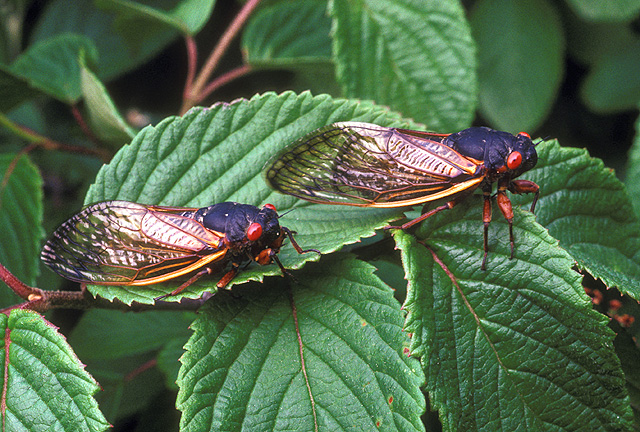Suzanne Botta Sullivan reports on the past year’s activities
I am pleased to report that 2013 was another outstanding year for Menunkatuck Audubon Society. With your financial support and the hard work of the Chapter Board members and many volunteers we have conducted a vast array of programs, field walks, and conservation studies, worked on habitat restoration, increased our partnerships, and much more. With great pride, we list here for your review the significant accomplishments achieved in 2013.
Conservation
The Hammonasset Beach State Park Purple Martin and Tree Swallow Project continued with careful monitoring of five purple martin houses with 60 compartments and 31 tree swallow boxes. Nesting attempts by European starlings and house sparrows are discouraged and as a result success rates for both the purple martin colonies and the tree swallows have flourished (143 purple martin fledged and 114 tree swallows fledged).
Grants from the Audubon Collaborative Grant ($1500) and the Connecticut Ornithological Association ($300) provided funds to help purchase two solar powered sound systems to play recordings to attract purple martins and chimney swifts.
Four kestrel nest boxes were installed at the East River Preserve and the Dudley Preserve in Guilford.
Our partnership with the Northeast Connecticut Kestrel Project continued with securing a $3500 grant from the Nuttall Ornithological Club’s Blake-Nuttall Fund. The grant will be used for geolocator deployment with American kestrels in an attempt to better understand the population movements of central Connecticut’s threatened falcon.
Menunkatuck expanded its role in New Haven by working with Audubon Connecticut, US Fish and Wildlife Service, Common Ground High School, and other organizations in the USFWS establishment of the New Haven Harbor Watershed Urban Wildlife Refuge Partnership, the second such refuge announced by USFWS.
We partnered with the
West Haven Watershed Restoration Committee in getting an Audubon IBA Small Matching Grant for $2500 for the Sandy Point Bird Sanctuary Enhancement Project. Non-native invasive plants were removed in the fall. Native species will be planted in spring.
Your support of Menunkatuck Audubon Society helped us secure the following grants and matching grants for us and our partners in 2013.
Audubon Collaborative Grant - $1500
Connecticut Ornithological Association Small Grant - $300
Nuttall Ornithological Club’s Blake-Nuttall Fund - $3500
Audubon IBA Small Matching Grant - $2500
Citizen Science
Our partnership with the Project Limulus horseshoe crab tagging surveys had more than 27 volunteers conduct 16 surveys.
Menunkatuck members participated in Audubon Connecticut’s spring and fall bird migration surveys to identify critical stopover habitat.
Advocacy
Menunkatuck took the lead on an move to institute a ban on balloons in all state parks. Balloons are a serious problem for birds and other wildlife. Menunkatuck’s proposal to DEEP for banning balloons was sent to other Audubon Chapters in Connecticut as well as other environmental groups. Seven other organizations sent letters of support.
Education and Outreach
The Birdathon was held in May. Menunkatuck and The Audubon Shop participated together and more than 100 species were recorded.
As part of the New Haven Harbor Watershed Urban Wildlife Refuge Partnership, Menunkatuck worked with local high school students in migratory bird surveys and in two invertebrate surveys.
We participated in the Yale Peabody Museum’s Earth Day program, the New Haven Migration Festival, and in the Hammonasset Festival.
General Public Meeting
Public programs are held monthly on the second Wednesday of each month (except July and August). Last year the meetings featured a variety of topics and speakers, including programs on birding in South Africa, snakes of Connecticut, a live porcupine, and landscaping with native plants. Our meetings are free and open to the public.
Field Programs
This year Menunkatuck provided four exciting field programs, including a woodcock search at the Guilford Salt Meadows Sanctuary, a spring trip to Central Park and the New York Historical Society’s Audubon watercolors exhibition in New York, and a fall walk at Lake Saltonstall.
Newsletter
The newsletter is printed six times per year. In addition to informing our members and friends about Menunkatuck’s activities and events we include Cindi Kobak’s “Bio-bits” natural history essays. The Newsletter also includes tips on going green and information about upcoming events in our chapter area. Citizen Science highlighted six opportunities for helping scientists with their research. The newsletter is also available online as a PDF. Getting your newsletter electronically saves Menunkatuck about $5.00 per member.
Web Site
Menunkatuck maintains a web site that features a blog, a photo gallery, and a variety of educational information and links. We are also on Facebook with frequent posts with photos, event notices, and links to bird and environmental articles on the Internet.
Volunteers
Menunkatuck volunteers contributed more than 1200 man-hours to conservation, advocacy education, and outreach activities.
Conclusion
As you can see, Menunkatuck is a leader in environmental education, conservation, and advocacy. Please join the Menunkatuck Board in making 2014 an even better year. If you can become more involved please e-mail me at president@menunkatuck.org or speak to any Board member at any event.










































